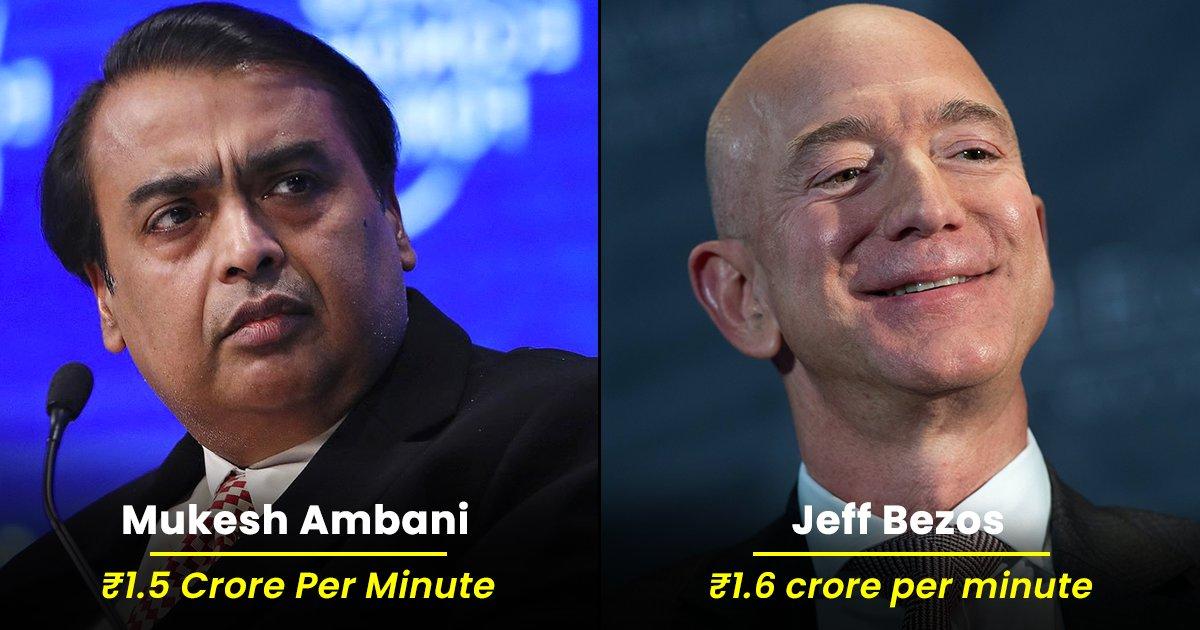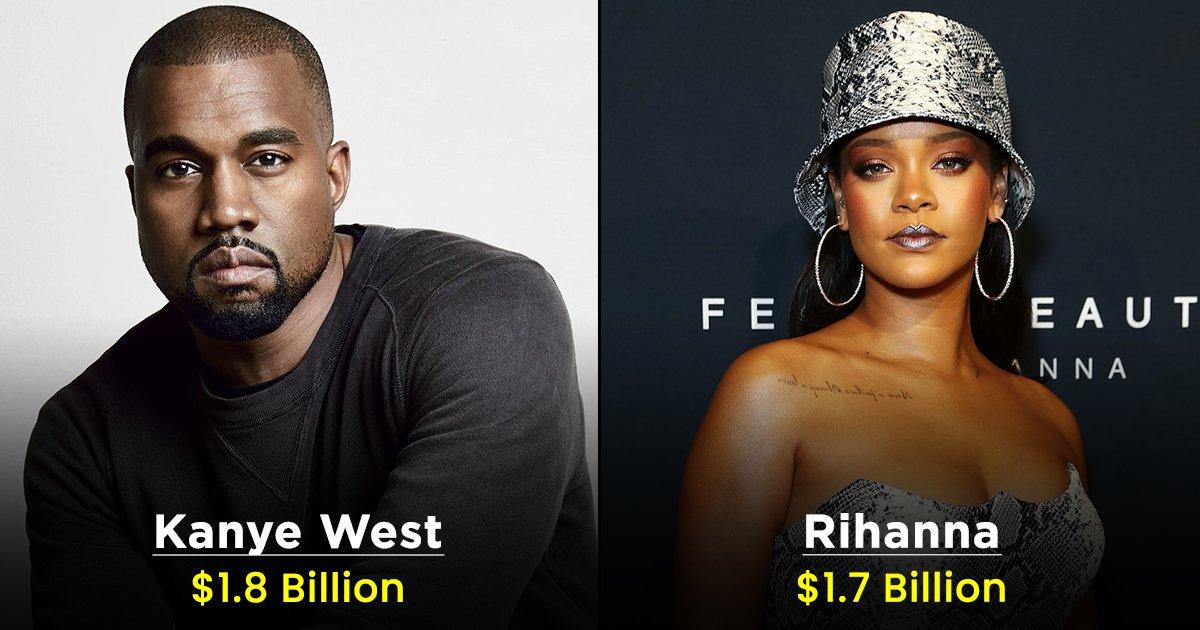The deeper we dig into Indian history, the more intriguing and unbelievable it turns out to be. India, today’s developing country, was once one of the world’s wealthiest countries, both materially and culturally.
The portraits and paintings of the families laden with gold and other jewellery from centuries ago are enough testimony of its grandeur. There are some names scripted in our history, who ruled owing to their enormous wealth, even though the country was in foreign hands.
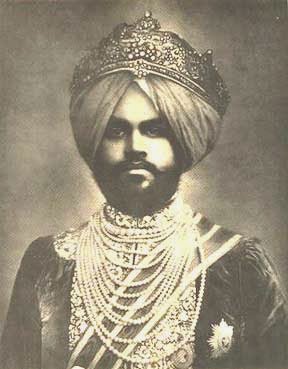
Jagat Seth, The Banker of the World
Fateh Chand was given the title of Jagat Seth by Mughal emperor Muhammad Shah in 1723. After that, Fateh Chand’s entire family became known as the Jagat Seth Family. Jagat Seth, a tremendously wealthy banker in Bengal in the first part of the 18th century, was known as the ‘Banker of the World.’
Background
Seth Manik Chand is believed to be the family’s founder. Jagat Seth Mahtab Rai’s ancestors are considered to have been Marwar inhabitants, and Girdhar Singh Gehlot, a Gehlot Rajput, accepted Jainism in 1495 AD. In 1652 AD, Hiranand Sahu of this family moved from Marwar to Patna.
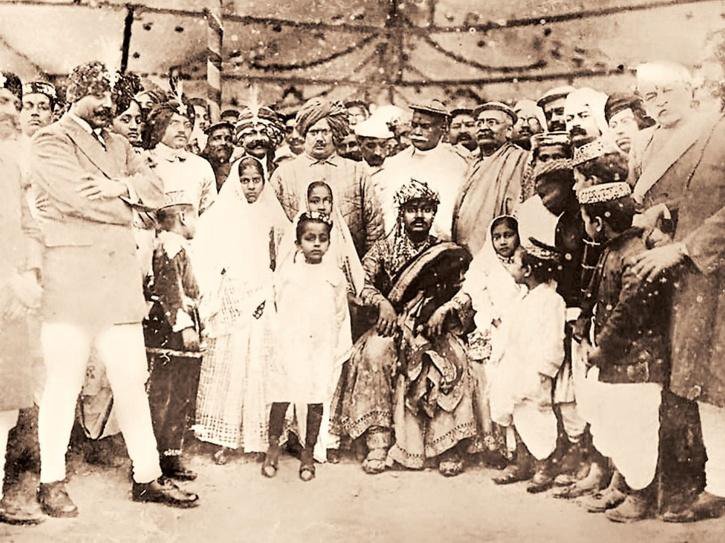
What was their net worth?
According to some sources, the British economy in the 1720s was less than the Jagat Seths’ wealth. They had assets worth approximately 1000 billion pounds or more in today’s money. They had more money than all of England’s banks combined, according to British papers.
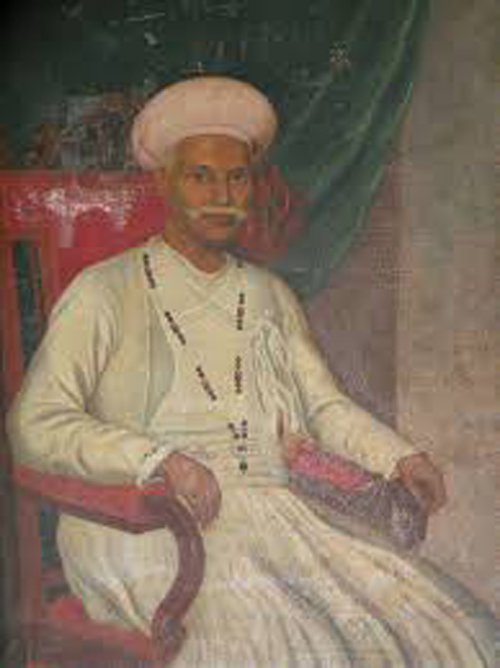
How did they amass so much wealth?
Manikchand Sahu, Hiranand’s son, became good friends with Murshid Quli Khan, the first Nawab of Bengal. The Sahus, or Seths, had offices in practically every important city in pre-independence India at this stage. Their offices were strikingly close to those of a modern bank. They even had an internal communication system with messengers and other means of facilitating transactions between cities.
The Nawab and also the Britishers quickly began to use the Sahus to transfer money from one place to another.
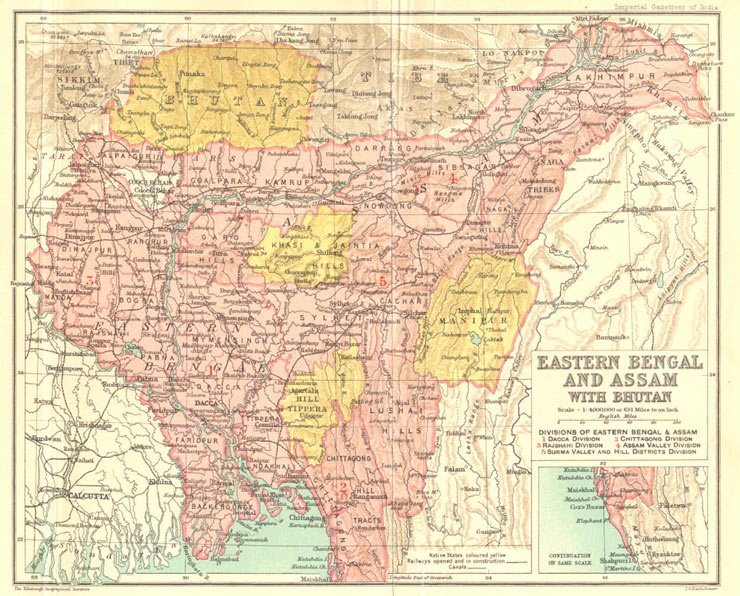
They also gained a lot of money by financing the Portuguese, French, and British colonial powers to conduct battles against lesser kingdoms in particular parts of India.
What happened in their final days?
Things became a little complicated owing to their secret dealings with Indian rulers as well as the British. Mir Qasim kidnapped Madhab Rai and his cousin Maharaj Swaroop Chand just before the Battle of Buxar in 1764 and shot them dead on treason charges. Madhab Rai was the richest man on the planet when he was assassinated.
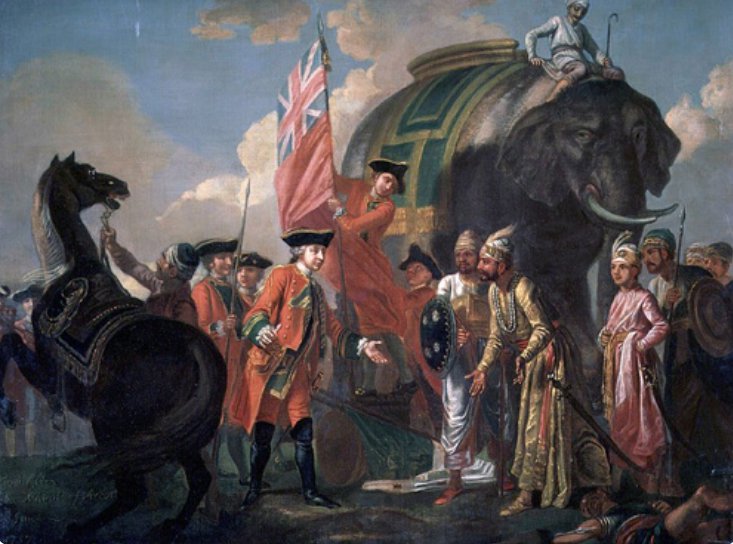
Both of them are said to have supported the British East India Company in the Battle of Plassey, which pitted the Nawab of Bengal against the British East India Company. They also provided funding to the Nawab’s army but did not assist them in preparing for the British Army’s weaponry or plans.
Where is Jagat Seth’s family now?
Their kingdom began to crumble after Madhab Rai and Maharaj Swaroop Chand died. They lost control of much of the land they owned, and the money borrowed from them by the British East India Company was never repaid. The uprising of 1857 was the final nail in their coffin.
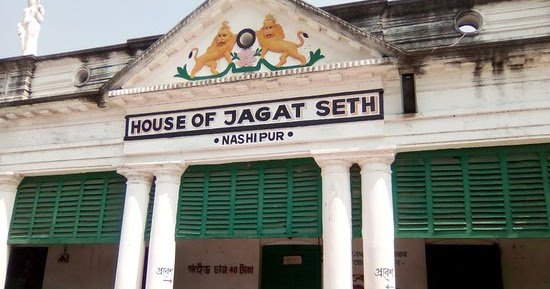
The Sahu Family, also known as the Jagat Seths, vanished from public view by the 1900s. Their descendants, like the Mughals, remain unknown. Jagat Seth’s residence, located a short distance from Hazarduari, has been converted into a museum.




